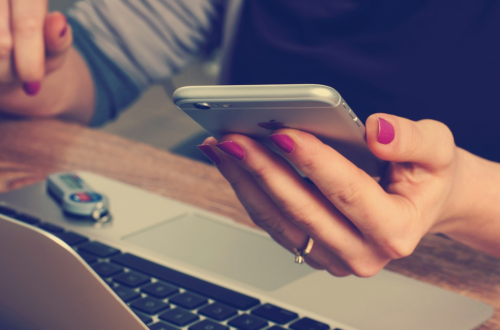
Mastering Productive Downtime: A Balanced Approach to Recharge
We’ve all experienced those moments when we hit a wall and just need to step back. For me, that often means zoning out in front of the latest reality TV show—a quick escape from the hustle. But then, the guilt creeps in because there’s still so much to do.
What if I told you that downtime can actually be as productive as your busiest work hours? “Productive downtime” isn’t an oxymoron—it’s a key to sustainable success.
Downtime is often seen as unproductive, but it doesn’t have to be. In fact, incorporating intentional breaks into your routine can enhance your productivity and overall well-being. Think of it as hitting the refresh button on your mind and body, allowing you to return to your tasks with renewed energy and focus. Here are a few ways to do it that won’t make you feel guilty.
The Power of a Good Book
One of my favorite ways to spend productive downtime is by diving into a good book. Reading not only relaxes me but also stimulates my mind and expands my knowledge. Whether it’s a gripping novel or a thought-provoking non-fiction, the time spent reading is never wasted. It’s a chance to learn something new or simply enjoy a well-crafted story.
Exercise: The Ultimate Recharge
Another key aspect of productive downtime is physical activity. Exercise is a fantastic way to clear your mind, reduce stress, and boost your energy levels. I’m not talking about a grueling workout session (unless that’s your thing), but simple activities like walking, yoga, or a quick home workout can do wonders. Studies have shown that regular exercise can enhance cognitive function and improve mental health.
Mindfulness and Meditation
In our fast-paced world, taking a moment to be still can seem counterintuitive. However, mindfulness and meditation are powerful tools for productive downtime. They help you center yourself, reduce anxiety, and improve your ability to handle stress.
I was skeptical about meditation at first. Sitting still and focusing on my breath felt foreign and, frankly, a bit boring. But after giving it a try, I noticed a significant improvement in my concentration and overall mood. Now, I spend at least 10 minutes each morning meditating, and it’s become a crucial part of my daily routine. For those new to meditation, there are plenty of apps and resources to get you started. I recommend trying Balance, Headspace, or Calm for guided sessions tailored to beginners.
Creative Hobbies
Engaging in creative hobbies is another excellent way to spend productive downtime. Whether it’s painting, writing, gardening, or playing a musical instrument, these activities allow you to express yourself and unwind.
Personally, I find solace in knitting. It’s a way for me to process my thoughts and ideas, and sometimes, it even leads to unexpected bursts of creativity in other areas of my life. The repetitive motion and focus required allow my mind to unwind, creating a meditative state that helps me relax. The key is to find something you genuinely enjoy and can lose yourself in for a while.
Social Connections
Lastly, don’t underestimate the power of social connections during your downtime. Spending quality time with family and friends can recharge your emotional batteries and provide much-needed support. Whether it’s a casual coffee chat or a virtual game night, these interactions are vital for our well-being.
Don’t forget the power of having a third space! There are so many benefits to finding a way to ease the daily transition from work to home life. Learn more about what a third space is and how you can use it, even if you work from home.
Productive downtime is about finding activities that recharge you mentally, physically, and emotionally. It’s about creating a balance that allows you to be your best self, both at work and in life. By incorporating reading, exercise, mindfulness, creative hobbies, and social connections into your downtime, you can transform these moments into opportunities for growth and rejuvenation.
Remember, taking a break isn’t a sign of weakness; it’s a strategy for success. So next time you feel the need to step back, embrace it. Your future self will thank you.




